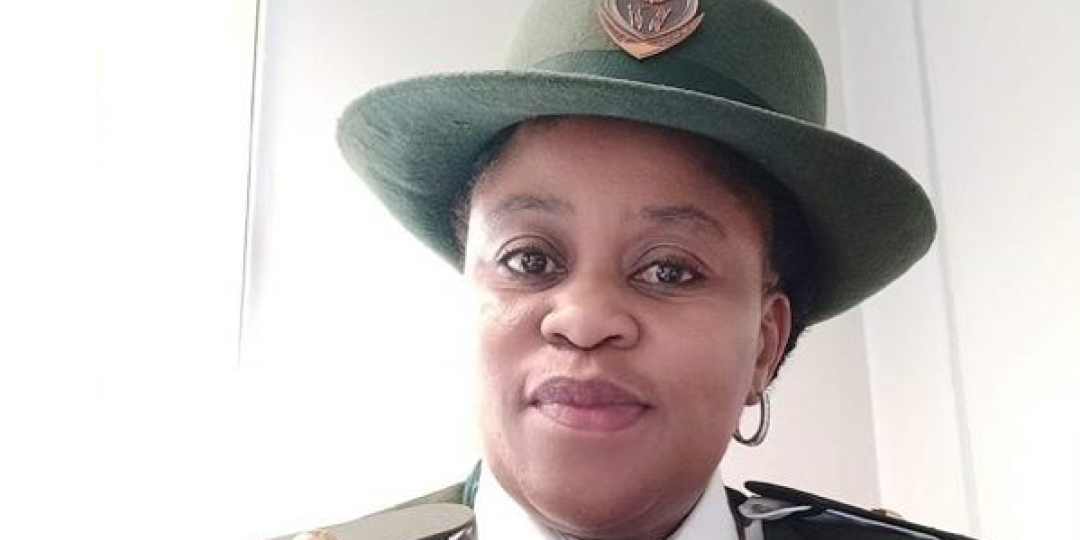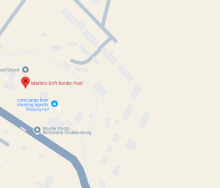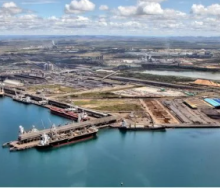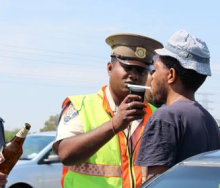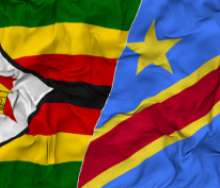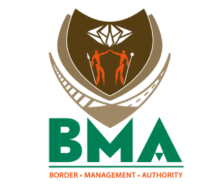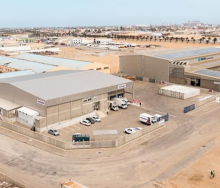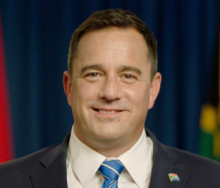Long-distance transport companies entering Botswana and driving through its eastern perimeter towards the Copperbelt, including transporters responsible for express supply chain services to Gaborone, have not yet heard from South Africa’s Border Management Authority (BMA) about proposed 24-hour personnel deployments.
This comes as they continue to queue at various crossings between South Africa and Botswana.
Although the Groblersbrug Border Post on the way to the Copperbelt reopened at 2pm last Thursday, following recent flooding which resulted in the border closing for more than three weeks, the return of in-transit carriers serving Copperbelt clients has been slow.
This morning, the Transit Assistance Bureau (Transist) said only 41 trucks were standing outside Groblersbrug, waiting to cross the Limpopo River on their way north.
Outside Kopfontein Border Post further south, where Groblersbrug trucks had been diverted, the once-chaotic queues of up to 20 kilometres, taking four days or more to clear, had shrunk to 104 trucks this Monday morning.
Mike Fitzmaurice, regional vice president of the African Union’s Organisation for Transport and Logistics, said: “Numbers have come down substantially, but I don’t think it’s anywhere near perfect.”
A frustrated cross-border transporter told Transist over the weekend: “We cannot continue like this at the Botswana borders.
“Can we engage with SA and Botswana authorities to find a solution?”
However, whereas the SA Revenue Service (Sars) indicated that it was willing to work 24 hours to help speed up customs processing at the height of the Groblersbrug border closure, the BMA has been non-committal.
Sars indicated to Freight News that it needed the BMA to align with its own emergency contingency plans for 24-hour personnel deployment.
On March 28, the deputy assistant commissioner responsible for marketing and communications, Mmemme Mogotsi, was asked what the BMA’s official stance was about 24-hour operations in response to the road freight industry’s continued appeals for decongestion contingencies.
At 9am, she said: “I am still in a meeting and will revert.”
At the close of business on Friday afternoon, she hadn’t answered Freight News’ request for information.
On Monday at 9.30am, she was again approached with a request for information about 24-hour operations to help facilitate trade on behalf of transporters required to cross into Botswana.
She said: “I will check with the deputy commissioner of operations on the matter.”
While the transport industry waits to hear from Mogotsi and the BMA, the private-sector consensus is that 24-hour operations are the only real solution for slow-moving idle time at borders such as Kopfontein.
And although Groblersbrug has reopened to in-transit cargo, a source at Unitrans predicted that reuptake for Groblersbrug would most likely be slow.
Transist on Monday morning said that Groblersbrug was relatively quiet and would probably remain so for the foreseeable future.
It is understood that because Groblersbrug flooded twice this year, the road freight industry could be shunning the transit because of its flood-prone nature and the impact it has on overborder hauliers.
Essentially, it means that Kopfontein, once a fluid crossing used for express cargo heading to Gaborone, now also has to cater for Copperbelt cargo carriers no longer satisfied with using Groblersbrug.
Fitzmaurice explained that for transporters heading to Zambia and the DRC from Gauteng, whether they crossed into Botswana at Kopfontein or Groblersbrug, it was almost equidistant.
And although Kopfontein is a slight southern detour, because Groblersbrug has been a fickle transit so far this year, transporters are preclearing their cargo for the former, knowing that even if the border isn’t a 24-hour transit, at least Kopfontein won’t close down completely when the Limpopo floods.
